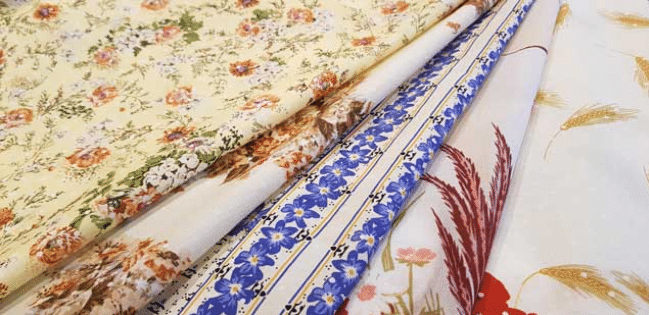What is Voile Fabric: Voile is a soft, sheer fabric, traditionally made from 100% cotton, although it can also be produced from silk, rayon, or other synthetic fibers. Originating from the French word for “veil,” voile is recognized for its lightweight, semi-transparency, and breathability, making it a popular choice for summer clothing, particularly in hot climates.
Its unique blend of delicacy and strength enables the creation of beautifully draping garments such as dresses, blouses, and scarves. Despite its lightweight, voile is durable and maintains its structure, allowing for various detailing like pintucks and embroidered patterns. Voile is also commonly used for curtain-making due to its light-diffusing properties, offering privacy while allowing a soft, diffused light into a room.
What is Voile Fabric Made of?
Voile, derived from the French word for “veil,” is renowned for its soft, lightweight, and subtly woven texture, often composed entirely of cotton or a blend of cotton with other materials. A significant portion of voile fabrics is meticulously crafted from natural fibers, predominantly 100% cotton, prized for their breathable, soft, and durable characteristics.
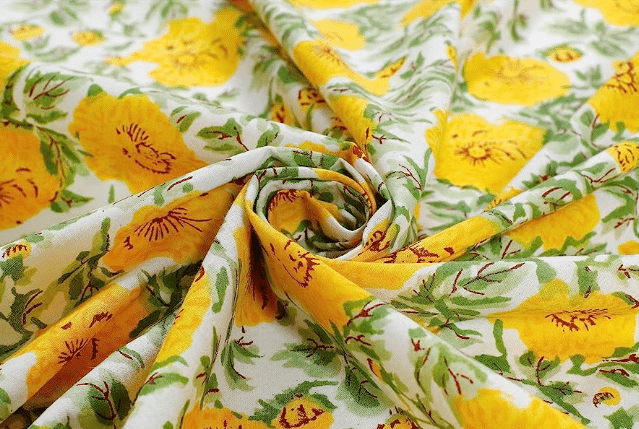
In addition to its traditional cotton composition, modern advancements in textile manufacturing have introduced voile fabrics created from man-made fibers like linen or polyester. These versions offer unique qualities, such as the cool, crisp feel of linen voile or the wrinkle-resistant, easy-care properties of polyester voile.
Moreover, to maximize the benefits of different materials, voile fabric is often produced by mixing fibers. Combining linen or polyester with cotton, for instance, results in a fabric that harnesses the strength, versatility, and comfort of all included fibers, providing a more dynamic textile solution that caters to a broader range of uses.
Read also: What Is Polypropylene Non Woven Fabric
How is it made?
High-twist yarns are used in its manufacture voile fabric. These fibers are twisted more often than regular yarns but still less than crepes yarns. Then spherical singles fibers are made, which are then twisted, creating two-fold fibers.
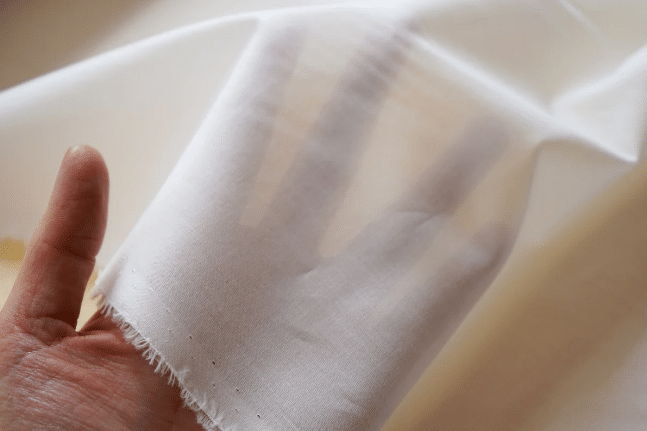
Two individual fibers are plied in the same twist orientation to manufacture this two-fold fiber, which produces a firm, strong yarn that is then woven in an accessible weave to produce the fabric.
Types of Voile Fabric
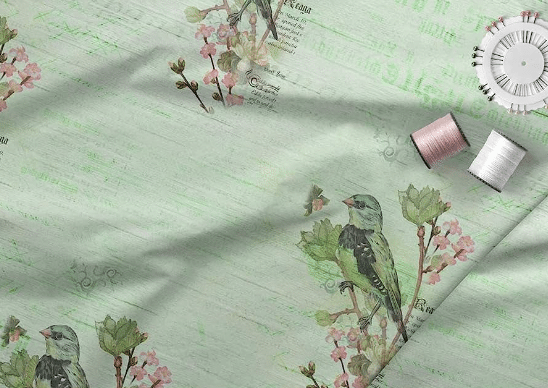
Cotton Voile
A unique variety of voile fabric, cotton voile is woven entirely from cotton fibers. This fabric is highly breathable and lightweight, with a semi-sheer quality that adds to its appeal. Its excellent comfort and airy nature make cotton voile an ideal choice for crafting summer dresses.
Polyester Voile
Crafted entirely from polyester, polyester voile fabric offers a soft, smooth texture that is pleasing to the touch. Its lightweight attribute, combined with the comfort it provides, makes it a popular choice for crafting soft furnishings.
Synthetic Voile
Constructed from materials such as wood pulp or hydrocarbons, synthetic voile is notably durable and robust. These fabrics possess an excellent capacity to absorb and retain vibrant colors, maintaining their aesthetic appeal over time. This colorfast quality makes synthetic voile a frequently chosen material for creating vividly colorful scarf swags.
Voile fabric characteristics
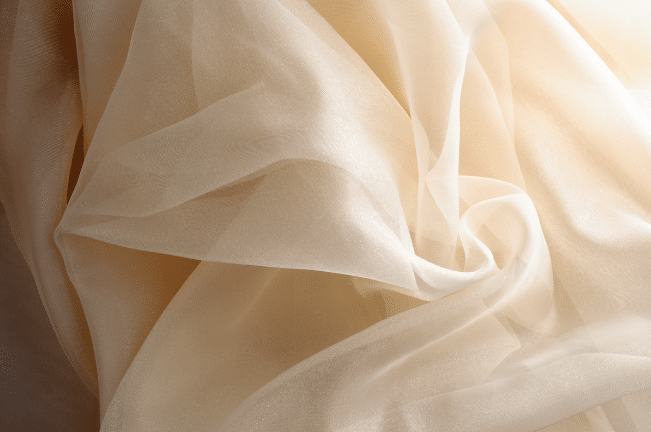
Weaving Technique
Voile is meticulously woven in a grid pattern, with horizontal threads predominantly crossing beneath vertical fibers, a process achieved through the shuttle method. This technique involves pushing the yarn through the entire operation, creating a characteristic lightweight, yet strong structure.
Soft Finish
The voile fabric exhibits a smooth and soft matte finish, a feature resulting from the careful removal of any excess fibers that protrude from the surface. This process, known as singeing, imparts a clean, refined appearance to the fabric. Most voile textiles utilize a straightforward, elegant plain weave pattern.
Lightweight and Breathable
Voile is prized for its light weight and remarkable breathability, offering a simultaneously sturdy and comfortable feel. This is attributed to the tightly woven fibers that ensure a lightweight yet robust fabric.
High Thread Count
Voile fabric distinguishes itself with a higher thread count and a superior weave compared to typical cotton fabrics. These characteristics contribute to the fabric’s softness and smoothness, making it a luxury to touch.
Lustrous and Crisp
The voile fibers are gently combed to infuse a subtle shine and stiffness into the fabric. This process bestows voile garments with a transparent, crisp appearance, echoing the characteristics of organdy fabric. This trait adds to the visual appeal of voile, enhancing its overall aesthetic value.
Read Also: IFvod TV: Everything About You Need to Know
Application of Voile Fabric
Voile fabric is recognized for its versatility, finding use in a myriad of applications. Both cotton voile and polyester voile are particularly suited for the manufacture of a wide range of garments such as shirts, tunics, and blouses. These materials, thanks to their lightness and breathability, provide the wearer with comfort while maintaining an appealing aesthetic.
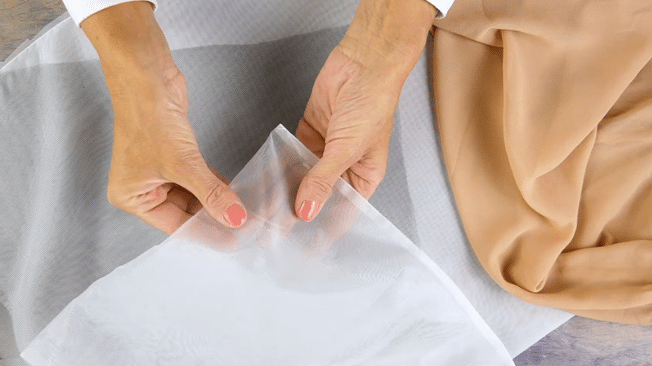
Cotton voile, with its soft, lightweight properties, is a preferred choice for creating various summer dresses. It presents the perfect blend of elegance and comfort for hot weather attire, ensuring breathability and stylish draping that flatters all body types.
Moreover, the versatility of voile extends beyond apparel. Printed cotton voile, with its intriguing patterns and durable weave, makes an excellent option for interior decor and upholstery. Its ability to let diffused light in while ensuring privacy also makes it an ideal choice for window treatments. Thus, the uses of voile fabric range from enhancing personal style to transforming interior environments.
Read also: click here

